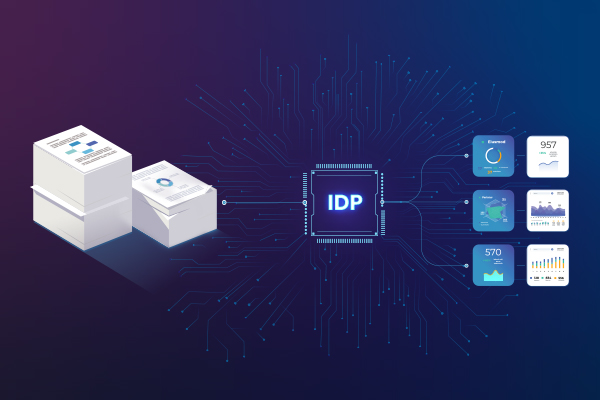
How Can Intelligent Document Processing (IDP) Help Organisations Succeed?
Intelligent Document Processing (IDP) converts manual forms into a digital format to integrate these documents into business processes. This technology exists to help organisations to save time, save money, and to reduce errors while processing and digitising documents. IDP is a viable way for companies to increase the capacity of their existing workforce, allowing them […]
AOTM



